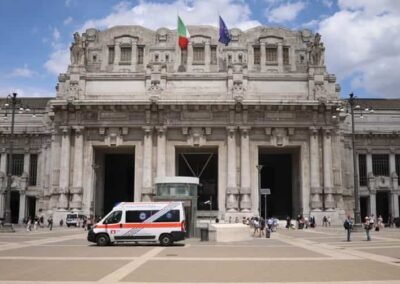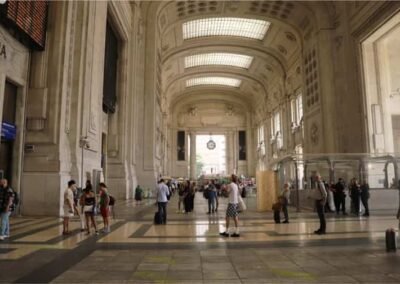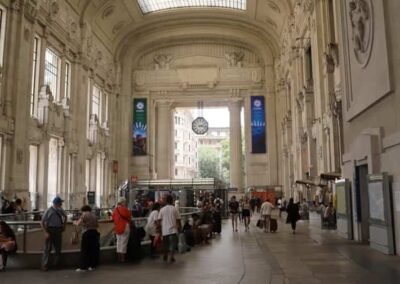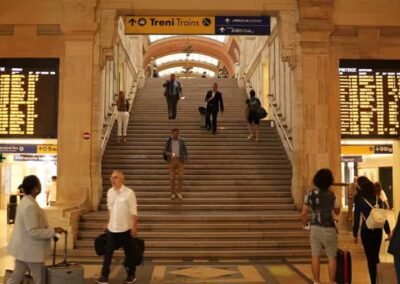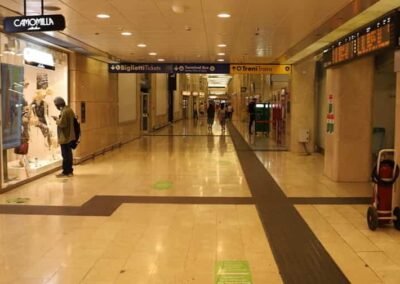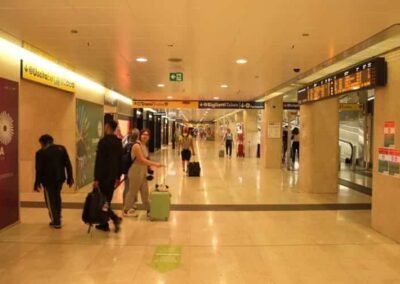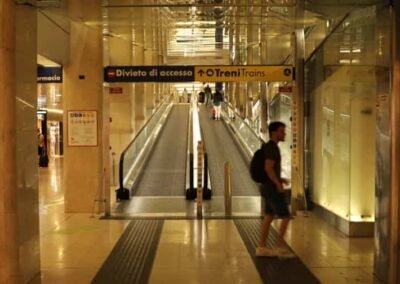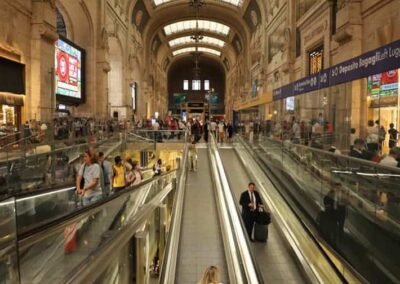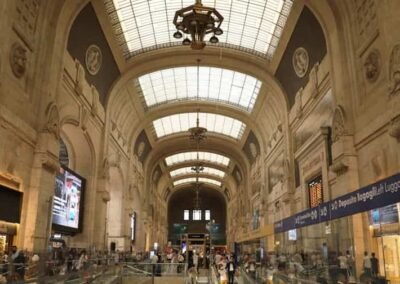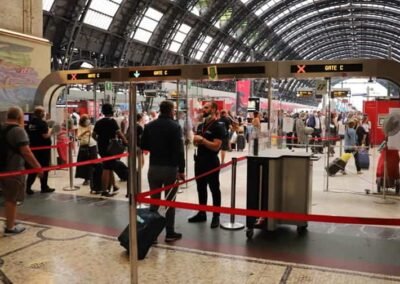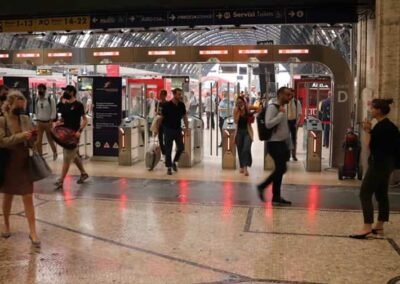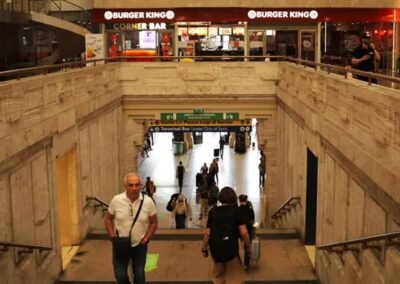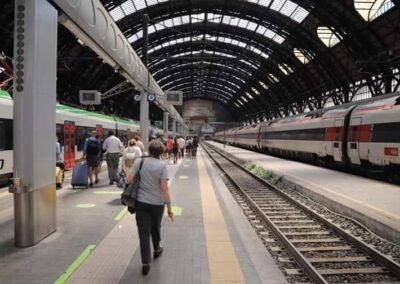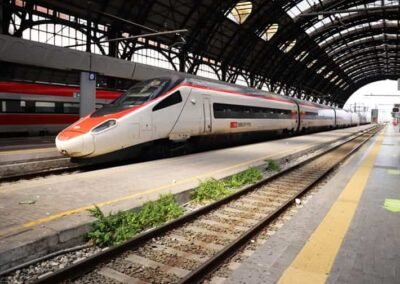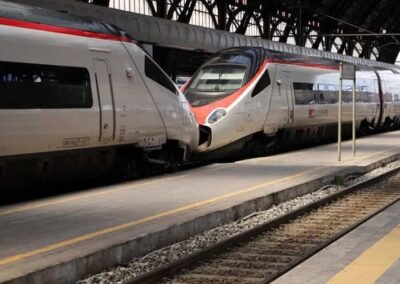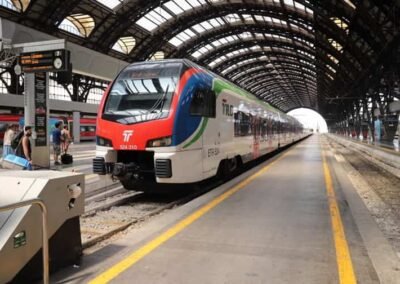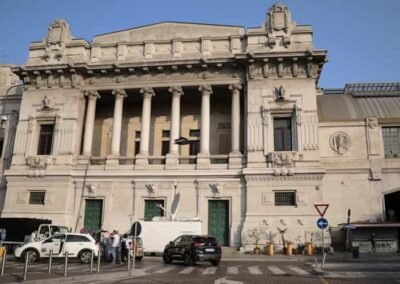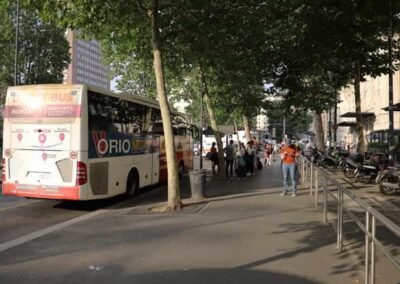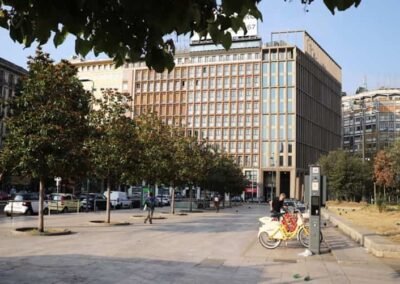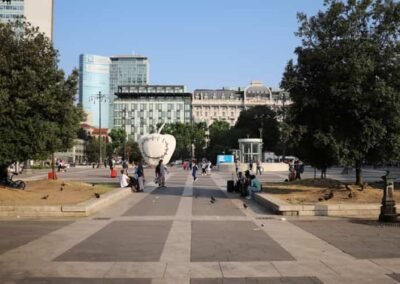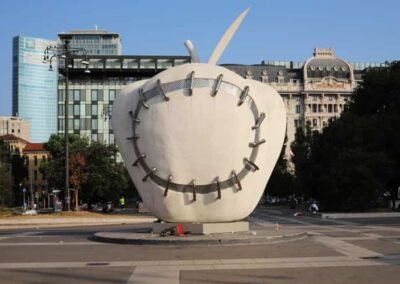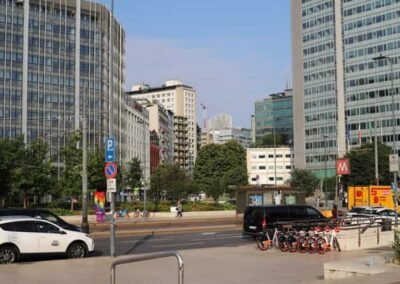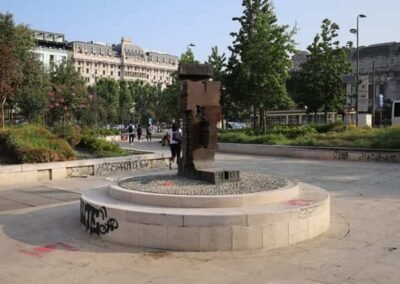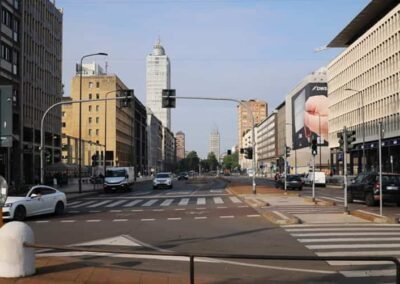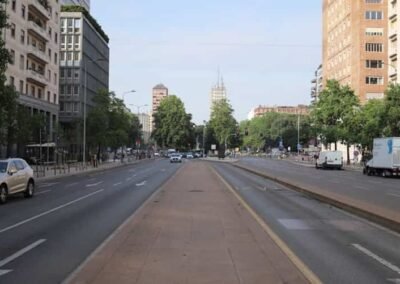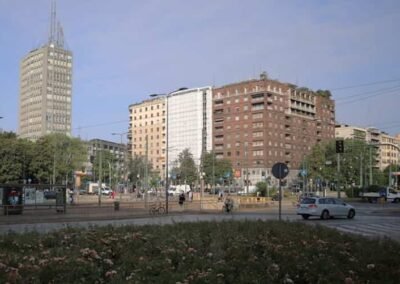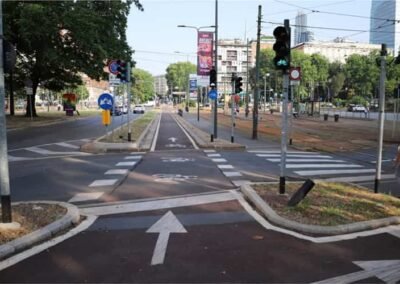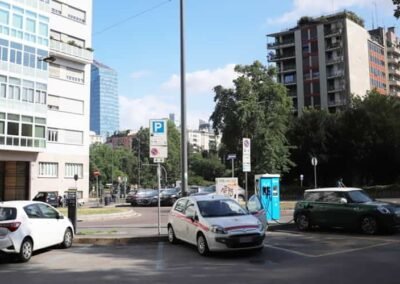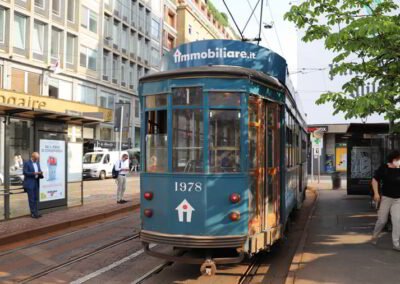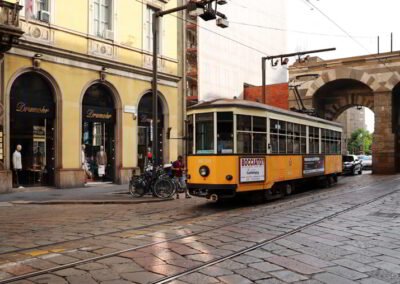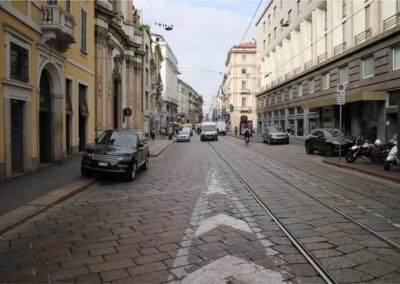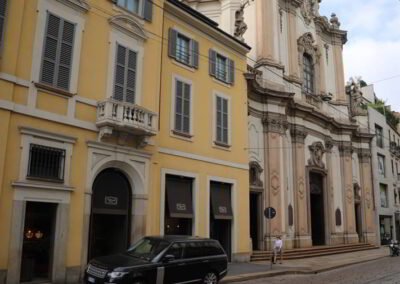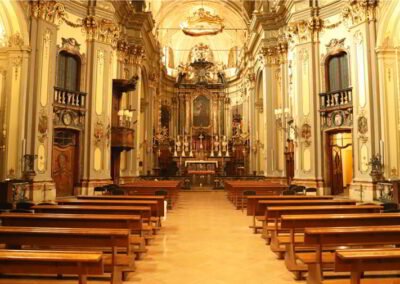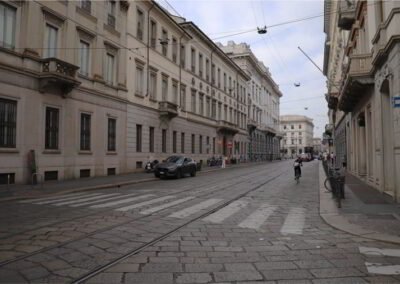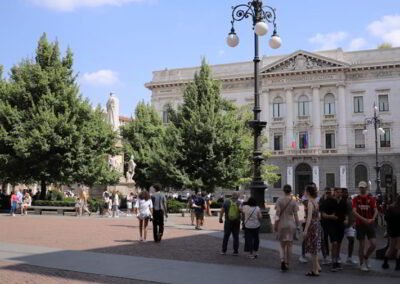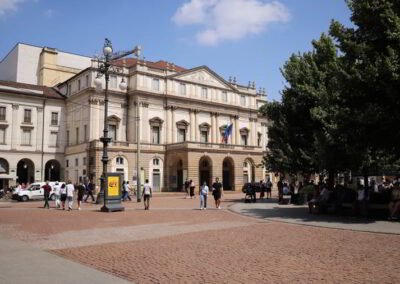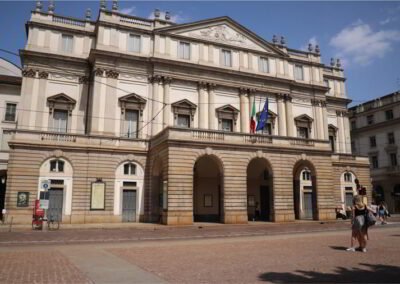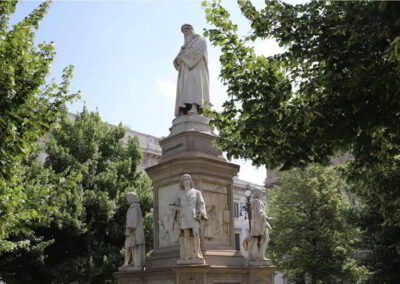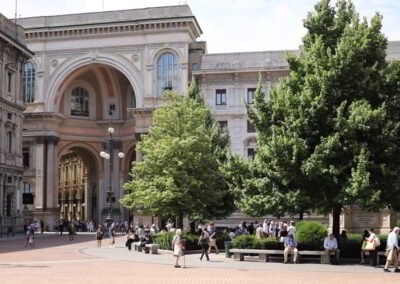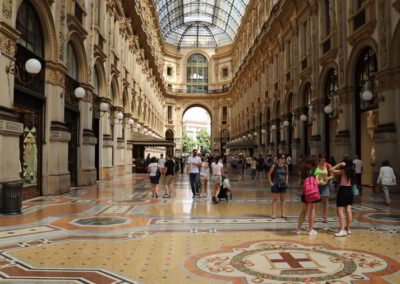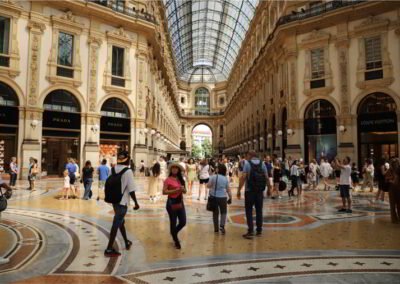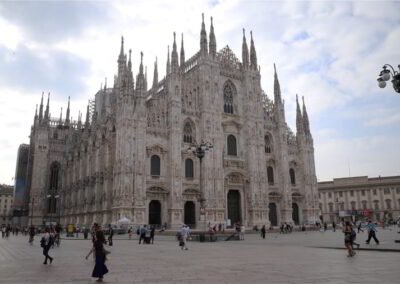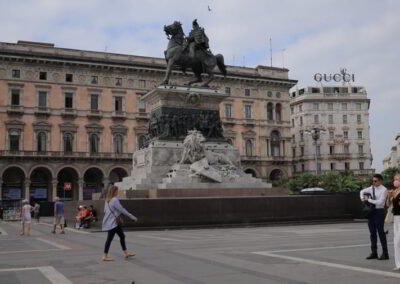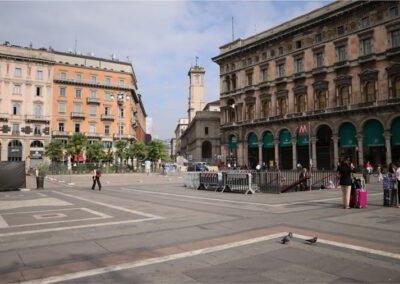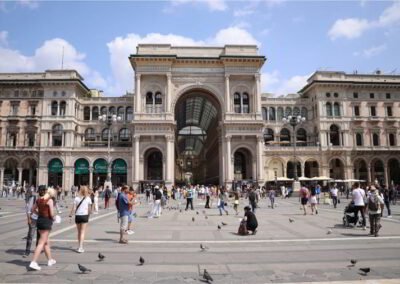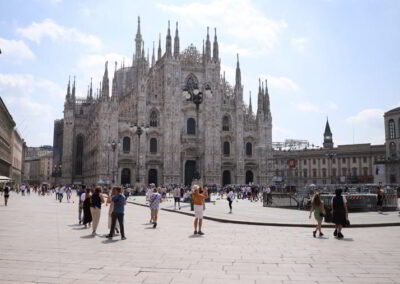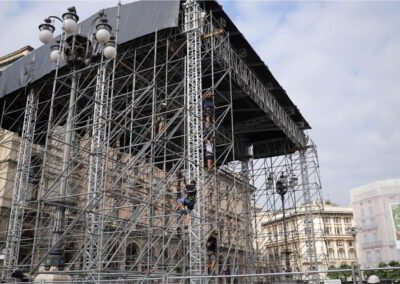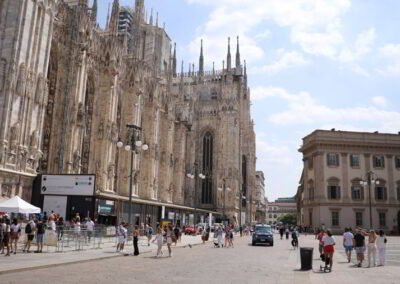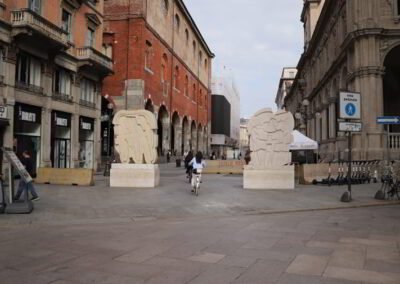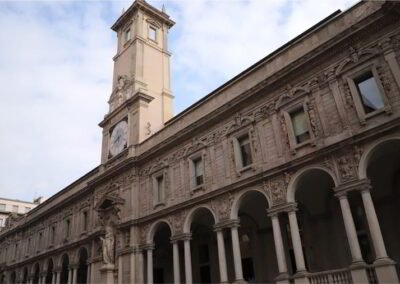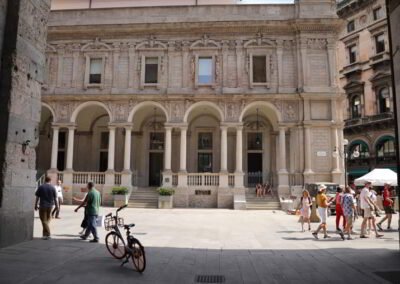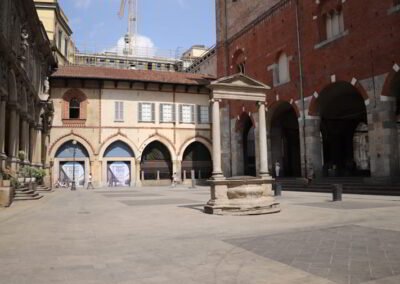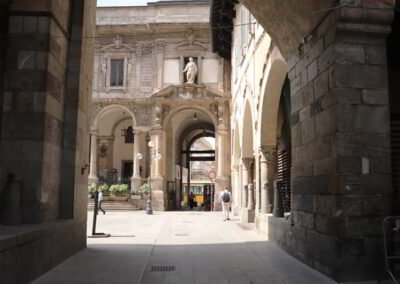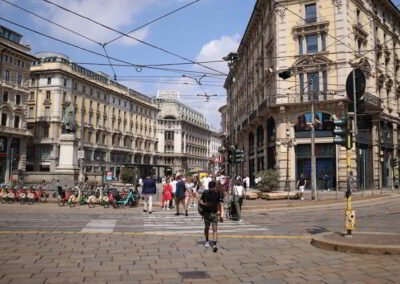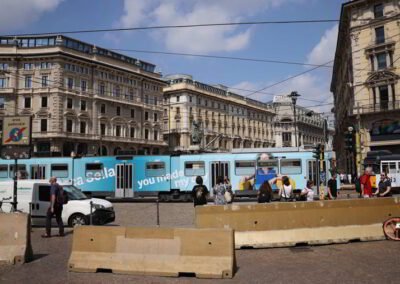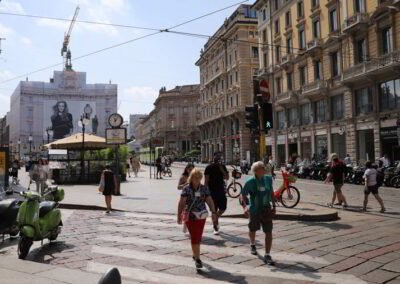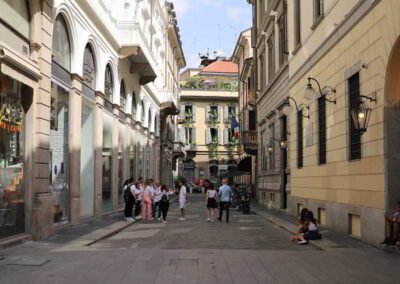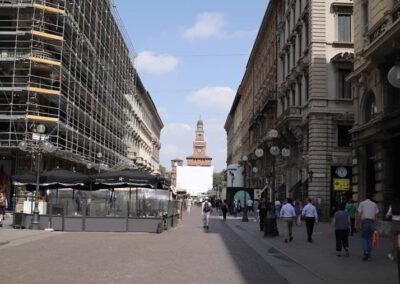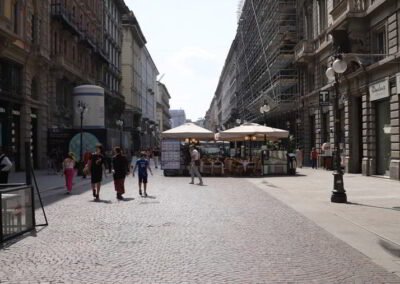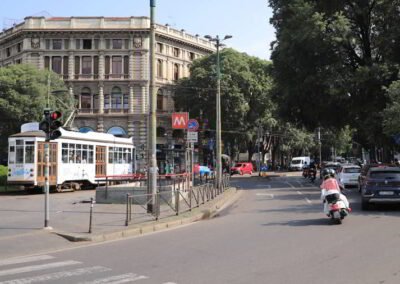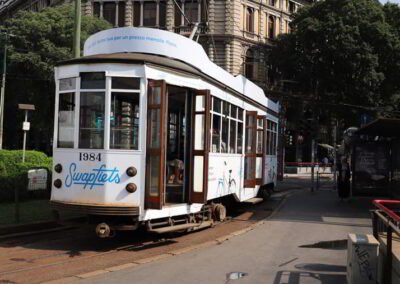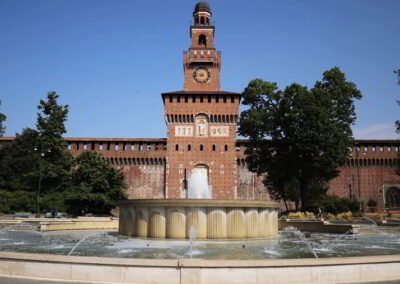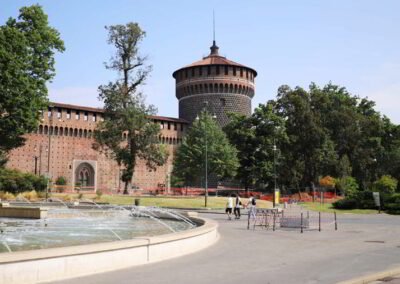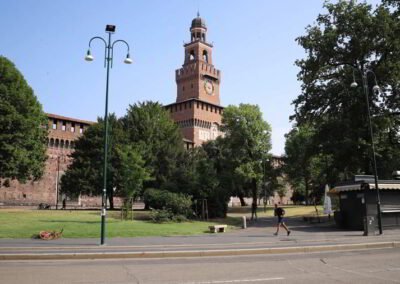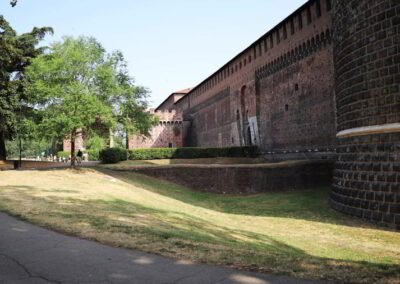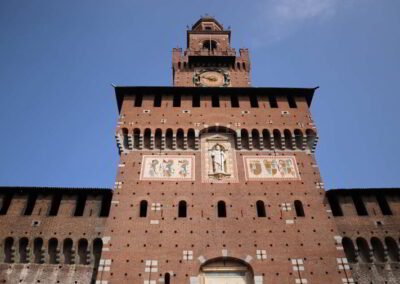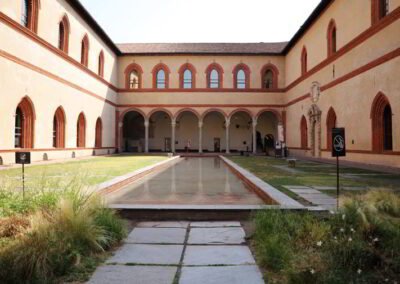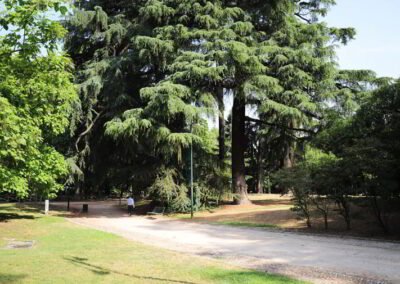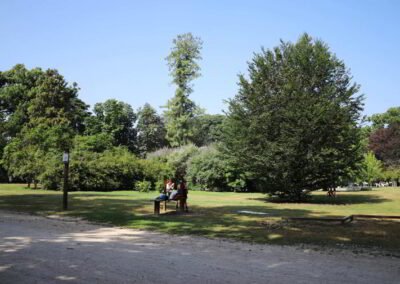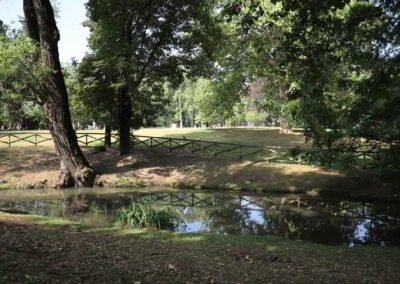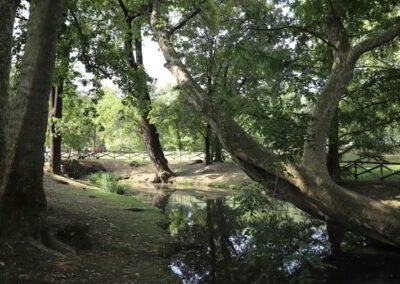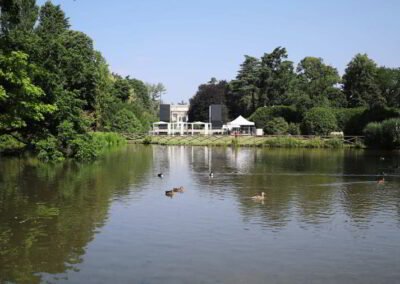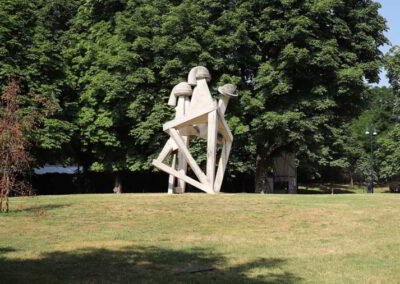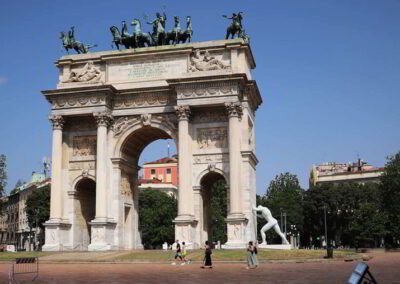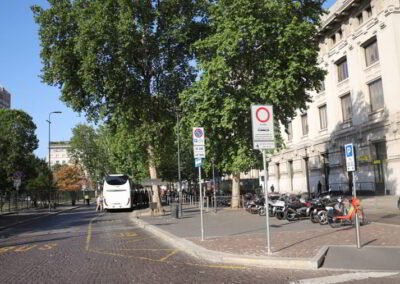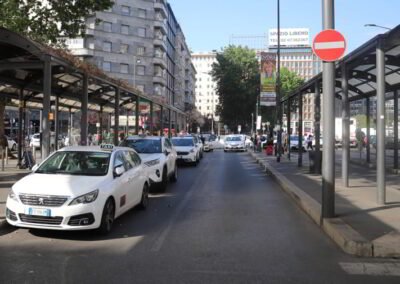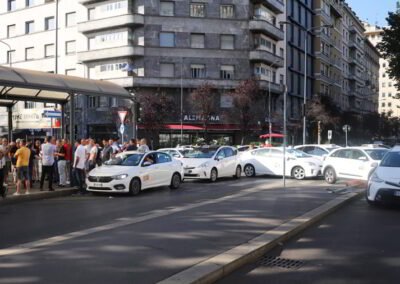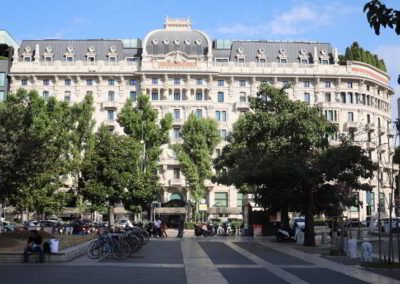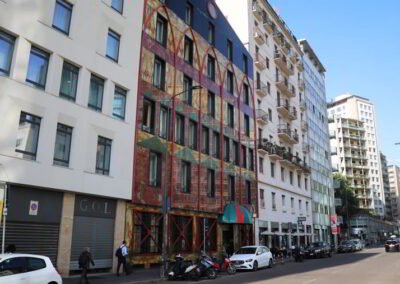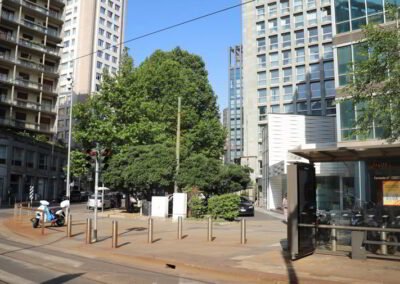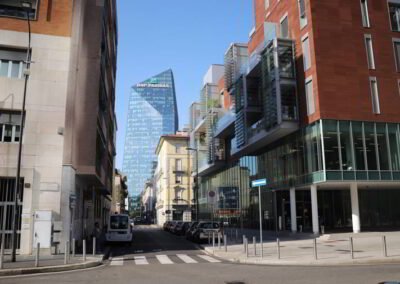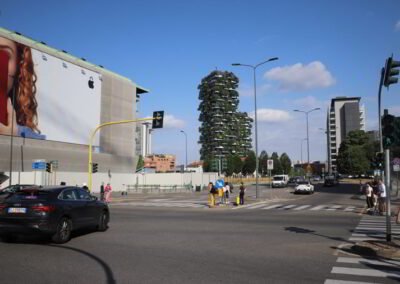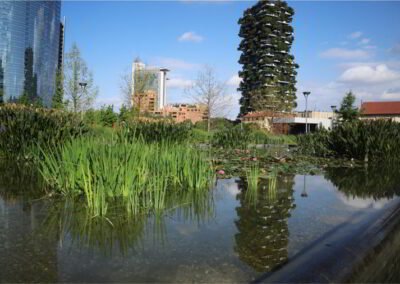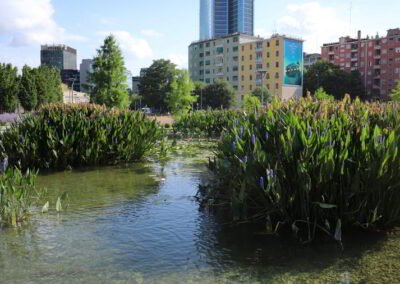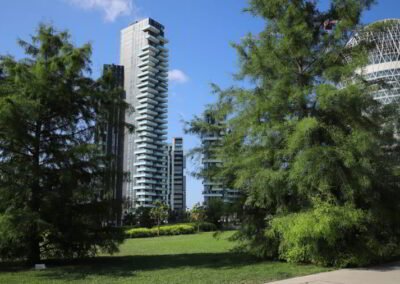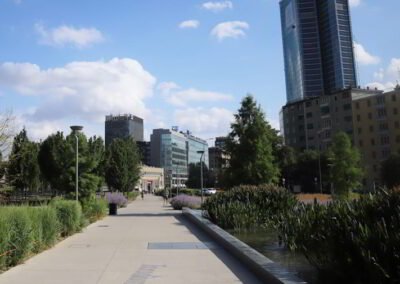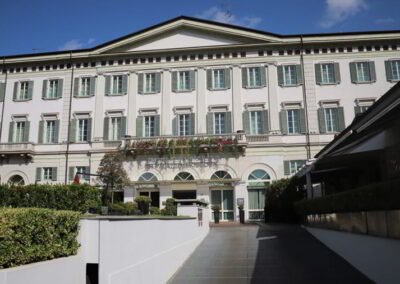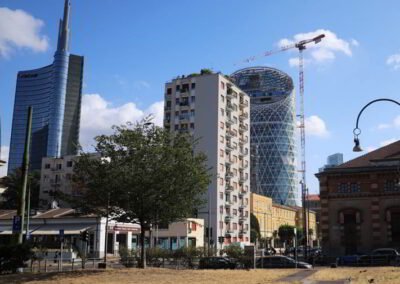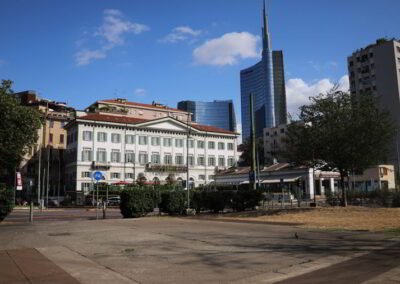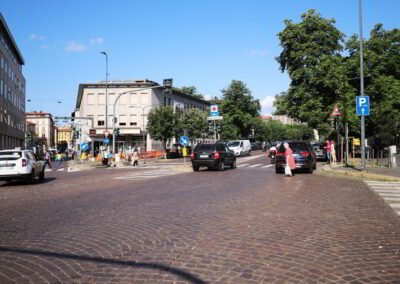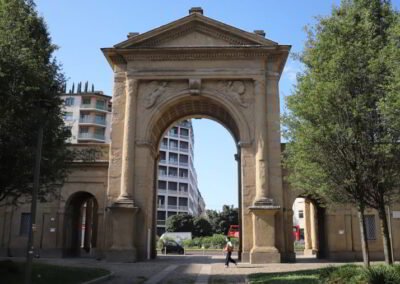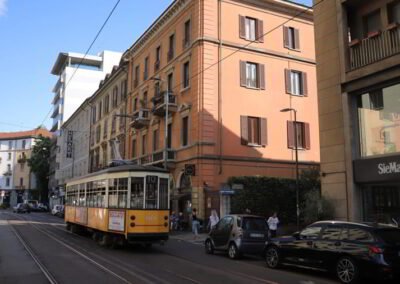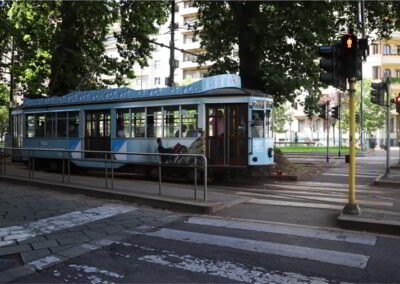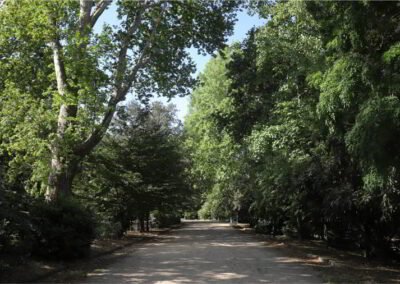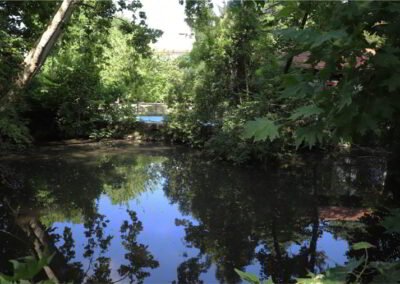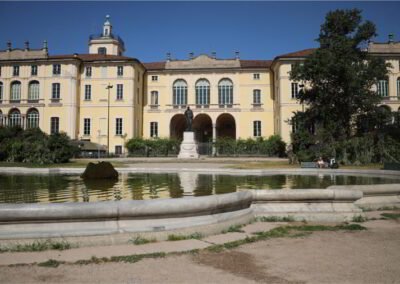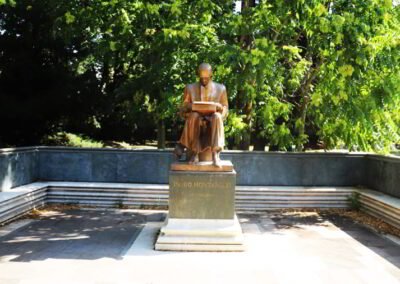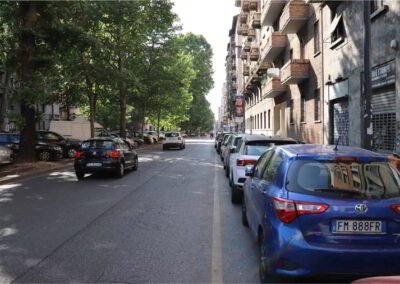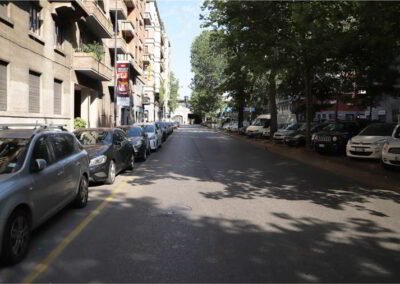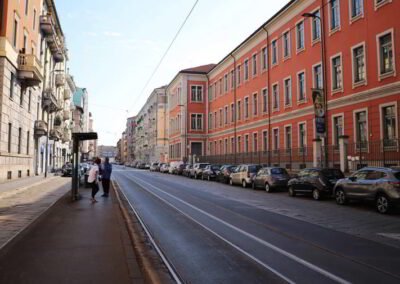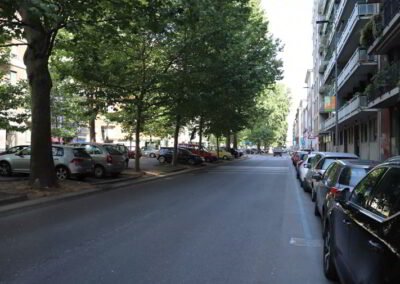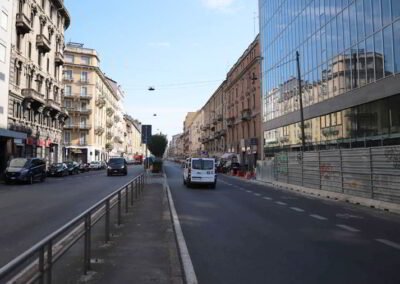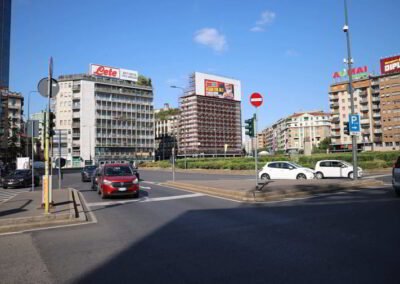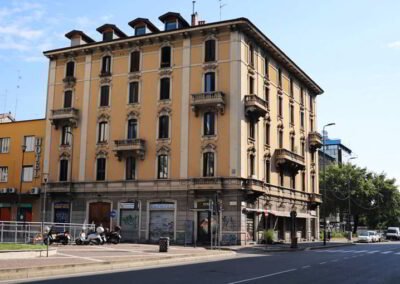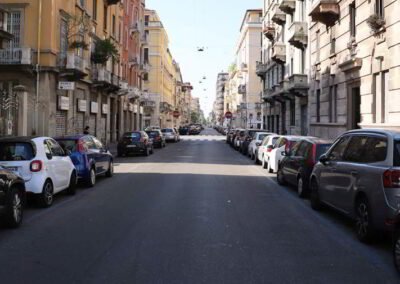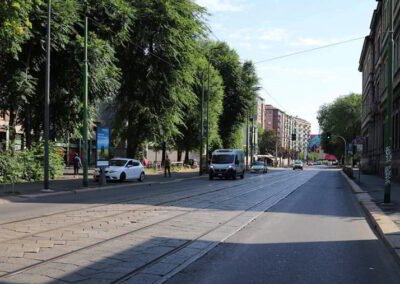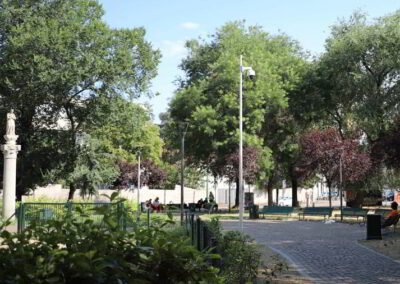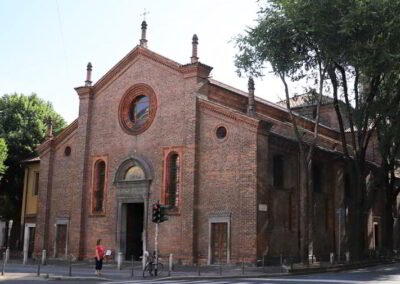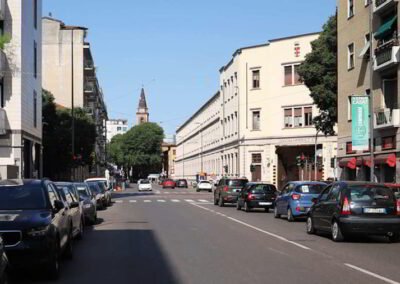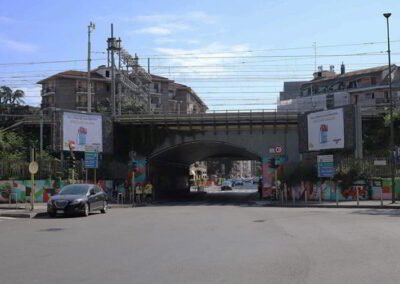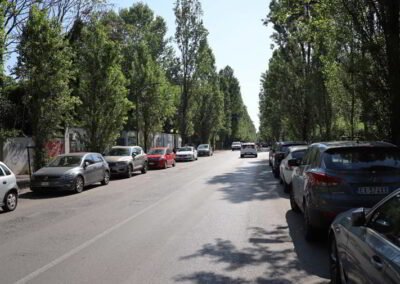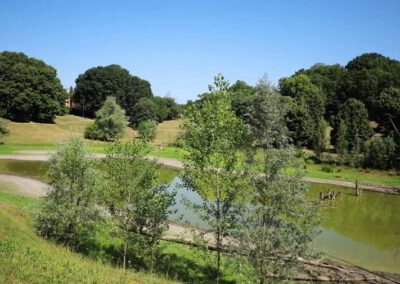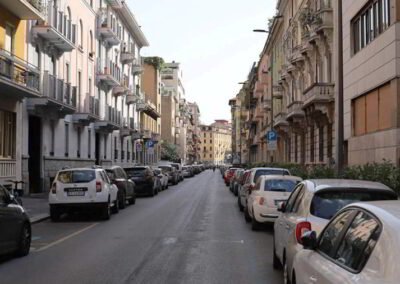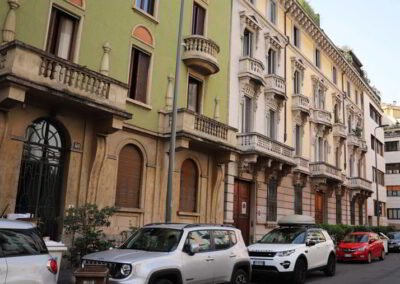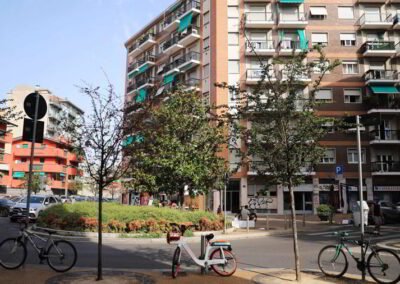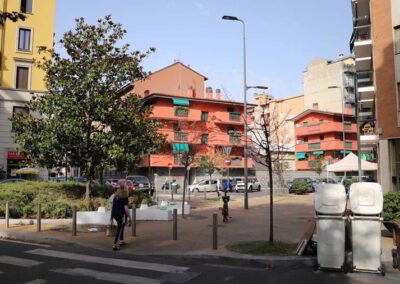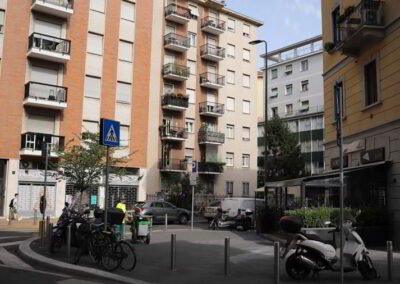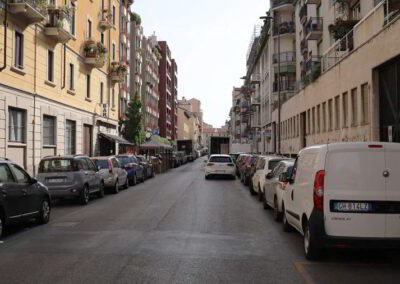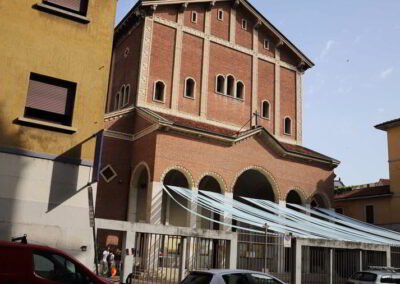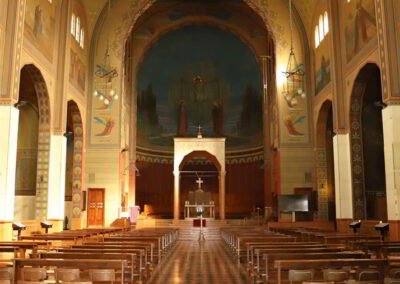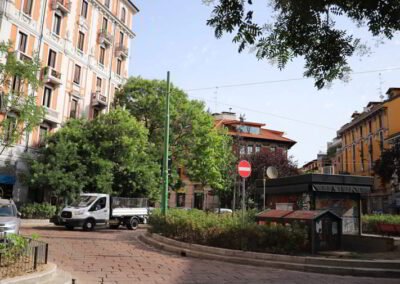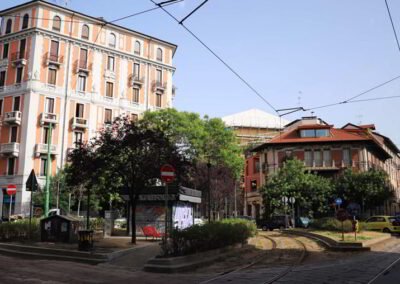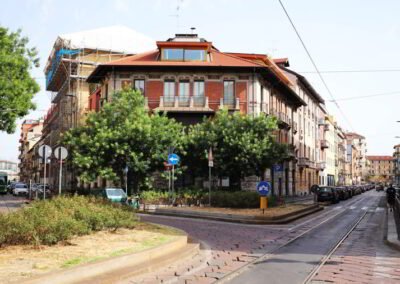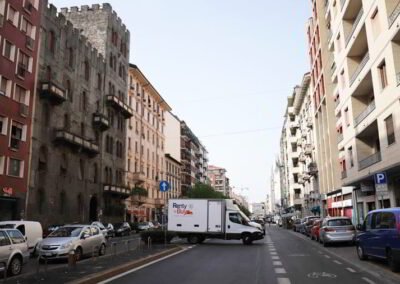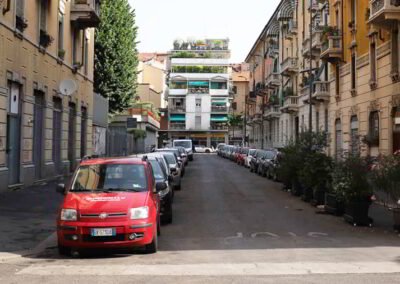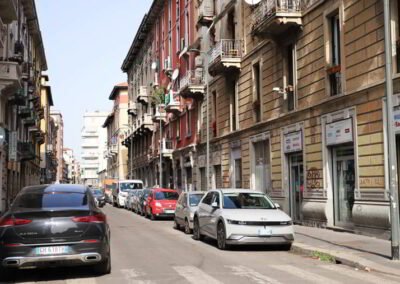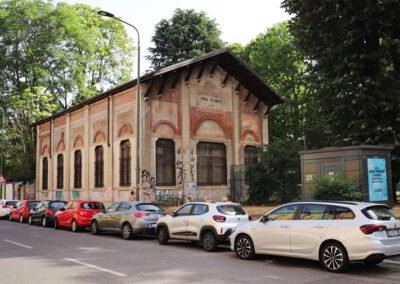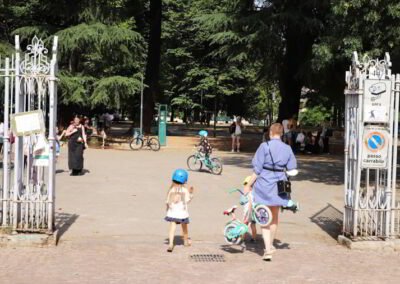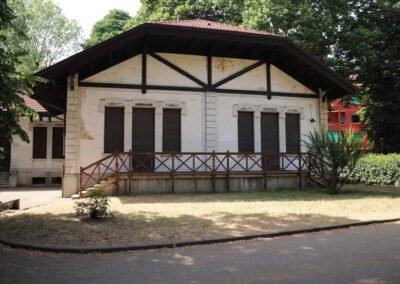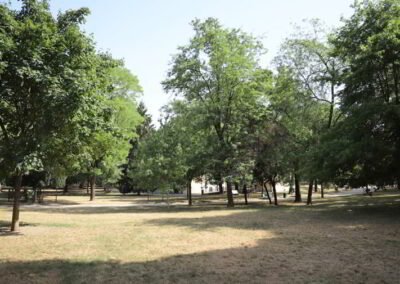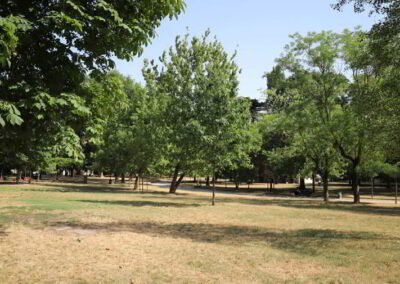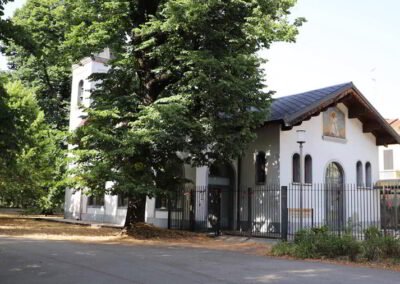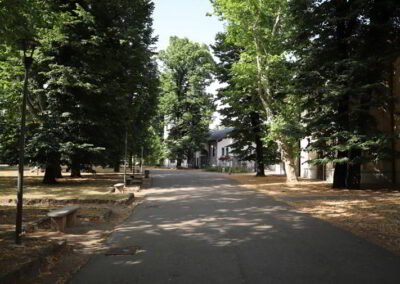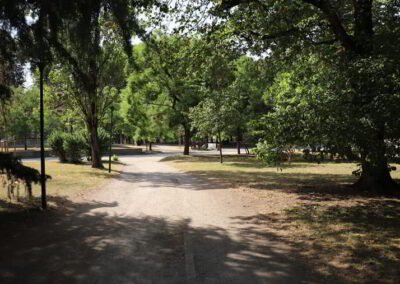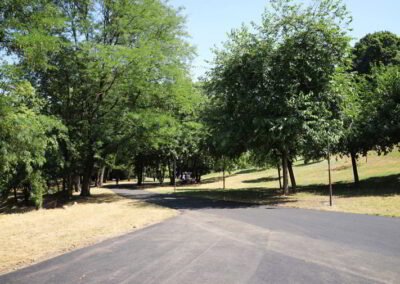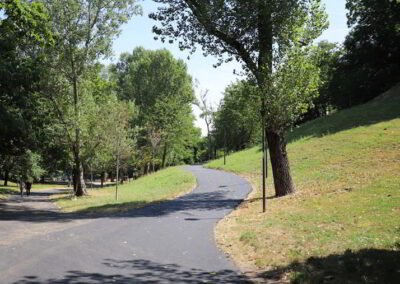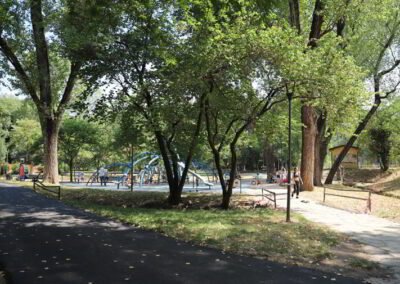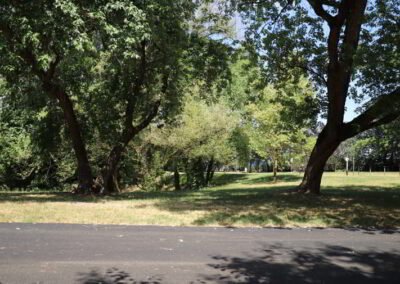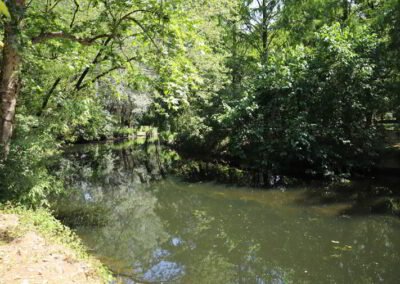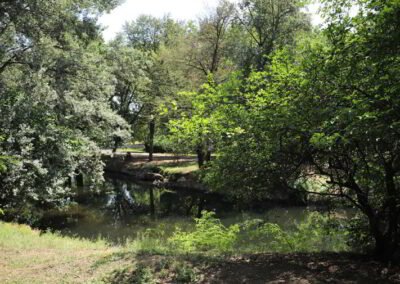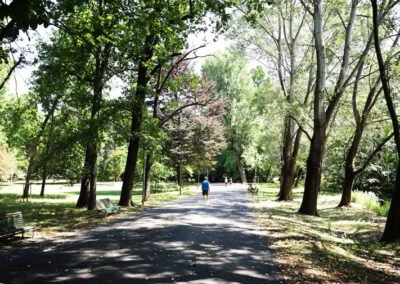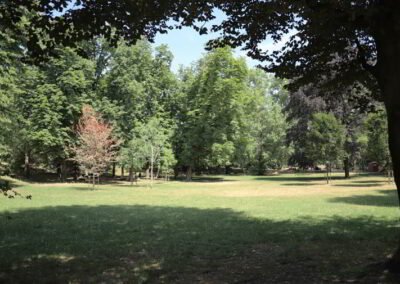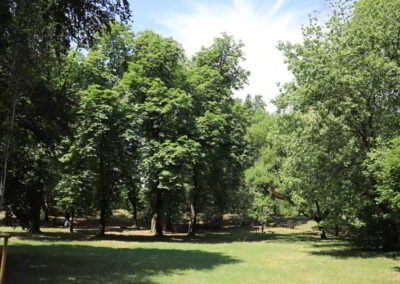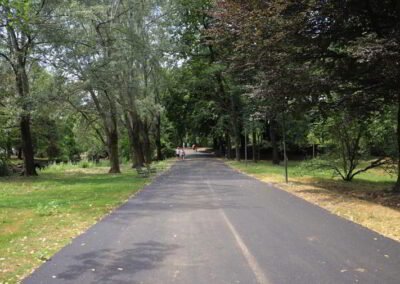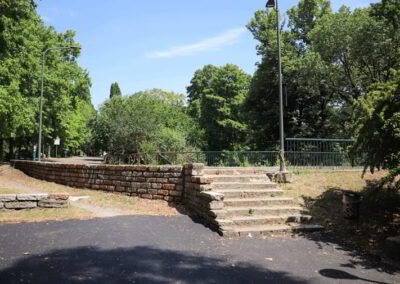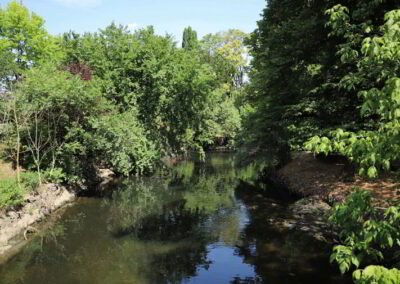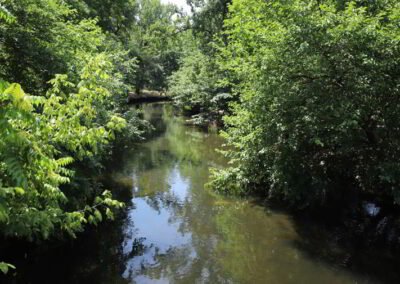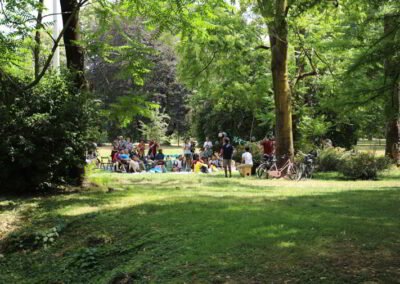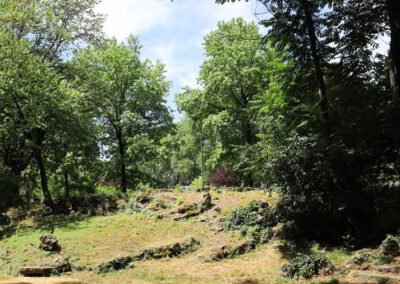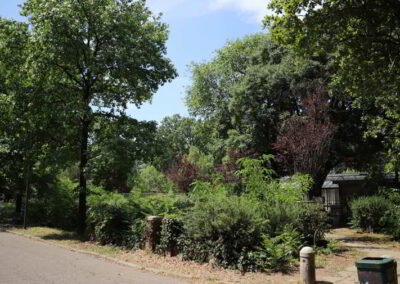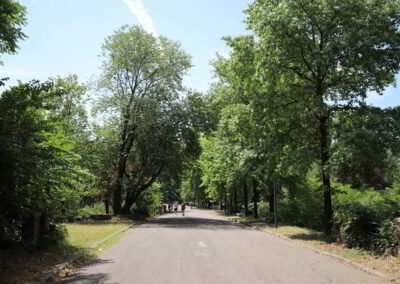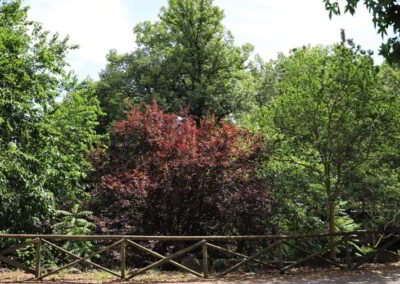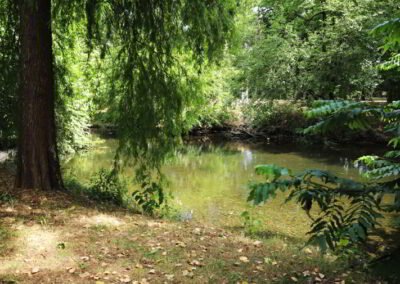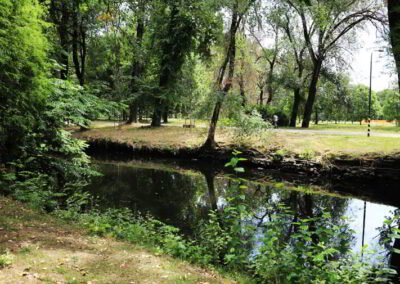HOME
THE REGIONS OF ITALY
PLACES IN ITALY
Italy in Photos
Piazza Cordusio, 20123 Milano MI, Italy (June 2022)
Milan
Milan Central Station, or Stazione di Milano Centrale, is one of Italy’s most iconic and busiest railway hubs, serving as a major gateway to the city and the broader northern Italian region. Opened in 1931, the station is renowned for its monumental architecture, blending Art Deco and Fascist-era design elements with grandiose façades, soaring ceilings, and elaborate sculptures. Its impressive scale and intricate details make it not only a transport hub but also a cultural landmark, attracting architecture enthusiasts from around the world. Inside, the station is a bustling centre of activity, connecting high-speed trains, regional lines, and international services to destinations across Europe. Travelers encounter a wide range of facilities, including shops, cafés, restaurants, and luggage services, all designed to accommodate millions of passengers each year. The main concourse, with its vast hall and natural light, conveys a sense of openness and grandeur, while the surrounding corridors offer convenient access to platforms and services.
Milan Central is more than a transit point; it reflects the city’s dynamic energy and cosmopolitan character. From here, visitors can quickly reach the historic centre, including landmarks such as the Duomo, La Scala, and the fashion district, or explore northern Italy’s scenic regions. The station also hosts cultural events and temporary exhibitions, reinforcing its role as a social and urban hub. Serving as both a functional transport centre and an architectural marvel, Milan Central Station embodies the blend of history, modernity, and elegance that defines Milan itself. Milan Central Station, or Stazione di Milano Centrale, is one of Italy’s most iconic and busiest railway hubs, serving as a major gateway to the city and the broader northern Italian region. Opened in 1931, the station is renowned for its monumental architecture, blending Art Deco and Fascist-era design elements with grandiose façades, soaring ceilings, and elaborate sculptures. Its impressive scale and intricate details make it not only a transport hub but also a cultural landmark, attracting architecture enthusiasts from around the world.
Inside, the station is a bustling centre of activity, connecting high-speed trains, regional lines, and international services to destinations across Europe. Travelers encounter a wide range of facilities, including shops, cafés, restaurants, and luggage services, all designed to accommodate millions of passengers each year. The main concourse, with its vast hall and natural light, conveys a sense of openness and grandeur, while the surrounding corridors offer convenient access to platforms and services. Milan Central is more than a transit point; it reflects the city’s dynamic energy and cosmopolitan character. From here, visitors can quickly reach the historic centre, including landmarks such as the Duomo, La Scala, and the fashion district, or explore northern Italy’s scenic regions. The station also hosts cultural events and temporary exhibitions, reinforcing its role as a social and urban hub.
The City of Milan
Milan, Italy’s second-largest city, is a vibrant metropolis renowned for its rich history, cultural heritage, and global influence. Located in the northern Lombardy region, Milan stands as a major financial, fashion, and design hub, and it is often regarded as the country’s economic powerhouse. With a population of over 1.3 million residents, Milan is a city where tradition and modernity seamlessly intertwine. Historically, Milan has been a pivotal centre in Italy’s development. It traces its origins back to Roman times, and its strategic location along the major trade routes between the Mediterranean and Central Europe made it a prominent commercial and cultural centre. The city has been a significant player in Italy’s history, witnessing events from the era of the Visconti and Sforza dynasties to its role in the Risorgimento, the movement for Italian unification in the 19th century. One of Milan’s most famous landmarks is the iconic Milan Cathedral (Duomo di Milano). This Gothic masterpiece, with its intri
Milan is also known for its rich cultural life. The Teatro alla Scala (La Scala Opera House) is one of the world’s most prestigious opera houses, hosting exceptional performances in opera, ballet, and classical music. Art enthusiasts can explore the Pinacoteca di Brera, which houses an extensive collection of Italian Renaissance masterpieces, including works by Caravaggio and Raphael. For those interested in contemporary culture, Milan offers a dynamic array of art galleries, modern architecture, and design exhibitions. The Design District and Tortona District are renowned for their innovative design studios and galleries, reflecting Milan’s status as a global design capital. The city is also celebrated for its culinary scene. Milan’s dining options range from traditional Italian trattorias to avant-garde restaurants. The local cuisine features renowned dishes such as risotto alla Milanese and ossobuco, offering a true taste of Lombardian Flavours.
Milan’s transportation network is well-developed, with efficient public transportation systems including buses, trams, and the metro. The city is also well-connected by train and air, making it a convenient base for exploring other parts of Italy and Europe. In addition to its urban appeal, Milan is surrounded by picturesque landscapes, including the nearby Lake Como and the Italian Alps, offering opportunities for outdoor activities and scenic getaways. Milan is a city that combines its historic grandeur with contemporary innovation. It is a place where tradition and modernity coexist, making it a dynamic and exciting destination for both residents and visitors. Whether exploring its historic sites, enjoying its cultural offerings, or indulging in its culinary delights, Milan provides a rich and multifaceted experience that captures the essence of Italy’s past and present.
Worth a Visit
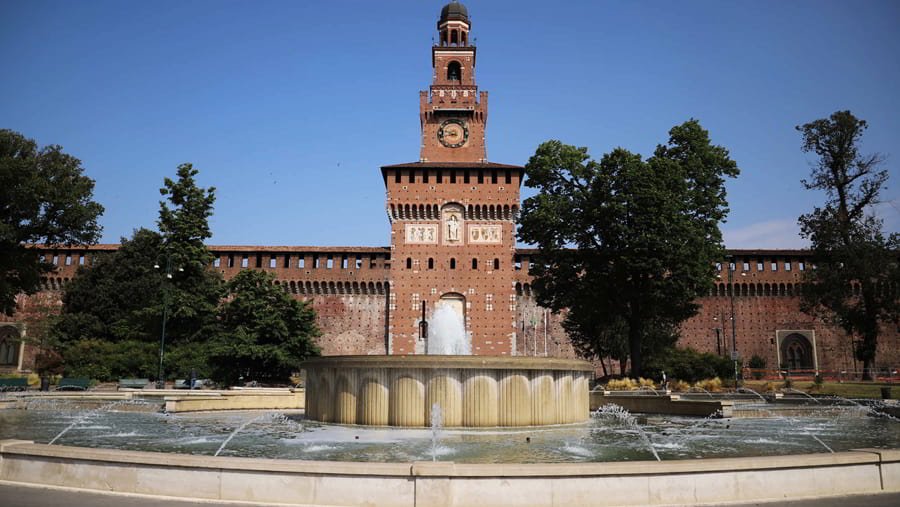
Sforzesco Castle, or Castello Sforzesco, is a historic fortress in the heart of Milan, Italy, renowned for its rich history and stunning architecture. Originally built in the 14th century by the Visconti family, the castle was later expanded and transformed into a Renaissance residence by Francesco Sforza, the Duke of Milan, in the 15th century. The castle’s red-brick façade, imposing towers, and massive walls reflect its defensive origins, while its interior courtyards and elegant loggias showcase Renaissance artistry. Over the centuries, the castle has witnessed significant events in Milan’s history, including invasions, occupations, and restorations. Today, it serves as a cultural hub, housing several important museums and art collections. These include the Museum of Ancient Art, the Egyptian Museum, and the Museum of Musical Instruments. One of its most famous treasures is Michelangelo’s unfinished Pietà Rondanini, a moving sculpture housed in a dedicated space within the castle. Surrounded by the expansive Sempione Park, Sforzesco Castle is a popular destination for both locals and tourists. Its blend of history, art, and culture makes it a must-visit site
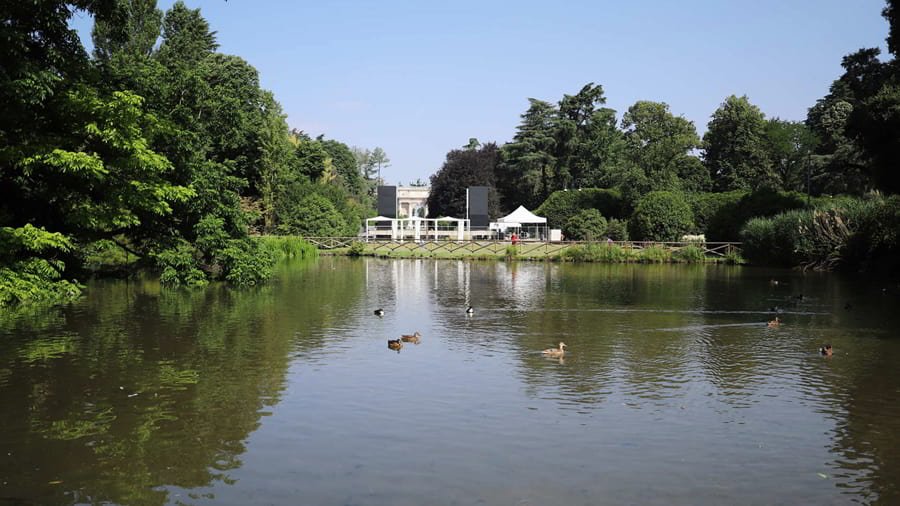
Parco Sempione is a sprawling, picturesque park located in the heart of Milan, Italy, adjacent to the iconic Sforzesco Castle. Covering approximately 95 acres, it is one of the city’s most beloved green spaces, offering a tranquil retreat from the urban bustle. Established in 1888, the park was designed in the English landscape style, characterized by its meandering pathways, rolling lawns, and lush groves. The park is home to several notable landmarks, including the Arco della Pace (Arch of Peace), a neoclassical triumphal arch that marks one of its entrances. Additionally, Parco Sempione houses the Torre Branca, a towering steel structure offering panoramic views of the city, and the Acquario Civico, Milan’s public aquarium. The park’s small lake, bridges, and sculptures add to its charm, making it a popular spot for leisurely walks, picnics, and cultural events. Parco Sempione also serves as a vital cultural hub, hosting concerts, exhibitions, and public gatherings throughout the year. Its blend of natural beauty and historical significance makes it a favourite destination for both locals and visitors, embodying the spirit of Milan’s rich heritage and vibrant urban life.
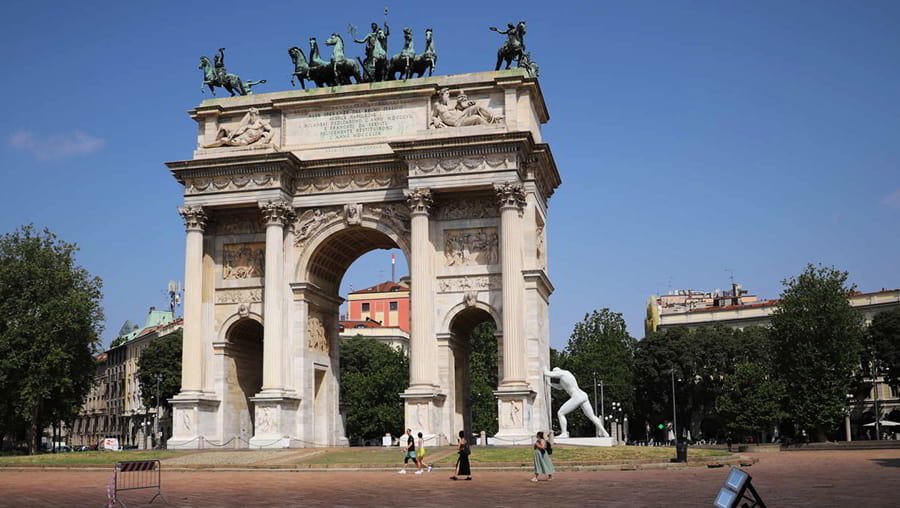
The Arco della Pace, or Arch of Peace, is a stunning neoclassical monument located at the edge of Parco Sempione in Milan, Italy. Originally commissioned by Napoleon in 1807 as part of the grandiose plans to transform Milan into the capital of his Kingdom of Italy, the arch was intended to celebrate his military victories. However, the project was halted after Napoleon’s defeat, and it was eventually completed under Austrian rule in 1838 to commemorate European peace after the Congress of Vienna. Designed by architect Luigi Cagnola, the Arco della Pace stands 25 meters tall and is intricately adorned with sculptures and reliefs. The central figure atop the arch is the “Sestiga della Pace,” a bronze chariot drawn by six horses, symbolizing peace. The arch is further embellished with statues of classical deities and allegorical figures, adding to its grandeur. The Arco della Pace is not just a historical monument but also a focal point for cultural and social activities in Milan. It marks the beginning of Corso Sempione, a major thoroughfare, and is a popular meeting spot for locals and tourists alike. Its majestic presence and rich history make it one of Milan’s most iconic landmarks.
Photo Gallery of Walk 1 – Piazza Luigi di Savoia to Via Daniele Manin
Approximately 1.45 km – 0.90 miles
The walk starts in Piazza Luigi di Savoia – Piazza Duca d’Aosta – Via Vittor Pisani – Piazza della Repubblica – Via Daniele Manin
Photo Gallery of Walk 2 – Piazza Cavour to Piazza del Duomo
Approximately 1.30 km – 0.81miles
The walk starts in Piazza Cavour – Via Alessandro Manzoni – Chiesa di San Francesco di Paola, Via Alessandro Manzoni – Via Alessandro Manzoni – Piazza della Scala – Galleria Vittorio Emanuele II – Piazza del Duomo
Photo Gallery of Walk 3 – Piazza del Duomo to Piazza Sempione
Approximately 2.51 km – 1.56 miles
The walk starts in Piazza del Duomo – Piazza dei Mercanti – Piazza Cordusio – Via Dante – Via Rovello – Via Dante – Largo Cairoli – Piazza Castello – Castello Sforzesco – Parco Sempione
Photo Gallery of Walk 4 – Piazza Luigi di Savoia Tto Giardini Indro Montanelli
Approximately 3.00 km – 1.86 miles
The walk starts in Piazza Luigi di Savoia – Piazza Duca d’Aosta – Via Giovanni Battista Pirelli – Via Melchiorre Gioia – Bastioni di Porta Nuova – Piazzale Principessa Clotilde – Bastioni di Porta Nuova – Viale Monte Santo – Via Galileo Galilei – Viale Monte Santo – Piazza della Repubblica – Giardini Indro Montanelli
Photo Gallery of Walk 5 – Viale Brianza to Parco Lambro, Via Feltre
Approximately 3.24 km – 2.01 miles
The walk starts in Viale Brianza – Via Giulio e Corrado Venini – Viale Brianza – V.le Monza – Piazzale Loreto – Via Andrea Costa – Via Giovanni Ricordi – Via Andrea Costa – Piazza Francesco Durante – Via Andrea Maria Ampère – Via Casoretto – Via Feltre – Parco Lambro
Photo Gallery of Walk 6 – Via Soperga to Parco Trotter, Via Giuseppe Giacosa
Approximately 1.51 km – 0.94 miles
The walk starts in Via Soperga – Giardino degli Artisti, Via Soperga – Via Nino Oxilia – Chiesa Parrocchiale di Santa Maria Beltrade, Via Nino Oxilia – Via Nino Oxilia – Piazza Morbegno – Via Luigi Varanini – V.le Monza – Via Pietro Crespi – Via Giuseppe Giacosa – Parco Trotter, Via Giuseppe Giacosa
Parco Lambro
Parco Lambro is one of Milan’s largest and most historically significant green spaces, located in the northeastern part of the city. Spanning more than ninety hectares, the park offers a vast landscape of meadows, wooded areas, and gently rolling hills along the banks of the Lambro River, from which it takes its name. Originally designed in the 1930s as a model of urban recreation and later expanded in the 1950s, Parco Lambro reflects the evolving relationship between Milan and its natural environment. It stands as a peaceful counterpoint to the dense urban fabric that surrounds it, offering residents and visitors a place to walk, cycle, or simply enjoy a quiet moment in nature. The park has played a notable role in the city’s cultural life. In the 1970s it became famous as the site of major music festivals and gatherings that reflected the social and political energy of the time. Today, it hosts community events, sports activities, and environmental education programs, maintaining its identity as a space for both leisure and civic engagement. Beyond its cultural history, Parco Lambro also serves as an important ecological area within Milan. The Lambro River runs through it, creating habitats for various bird species and native plants. The park’s mix of natural and designed landscapes makes it a key part of Milan’s green network, connecting citizens to the rhythms of the natural world and reminding visitors of the enduring value of open, shared spaces in the life of a modern city.
COPYRIGHT © 2018-2025 ITALY IN PHOTOS - ALL RIGHTS RESERVED
